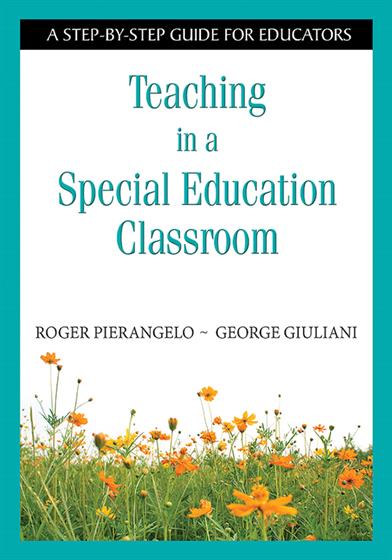Hands-on, Practical Guidance for Educators
From math,
literacy, science, equity, multilingual learners, and SEL, to assessment, school counseling,
and education leadership, our books are research-based and authored by experts
on topics most relevant to what educators are facing today.

Teaching in a Special Education Classroom
Tips and strategies for the beginning special education teacher!
Pierangelo and Giuliani's step-by-step guide helps new teachers in special education get off to a positive start and offers experienced teachers supportive information to help improve classroom practice. Covering the entire school year, the book includes a complete glossary, suggestions for gathering student information before school starts, methods for appropriate classroom design, and a review of critical issues such as:
- Meeting with parents, aides, mainstream teachers, and service providers
- Addressing and evaluating factors that affect learners' performance
- Managing students with specific disabilities and applying instructional interventions
- Understanding grading options
- Grade Level: PreK-12
- ISBN: 9781412917841
- Published By: Corwin
- Year: 2008
- Page Count: 120
- Publication date: May 22, 2008
Review Copies
Review copies may be requested by individuals planning to purchase 10 or more copies for a team or considering a book for adoption in a higher ed course. Request review copy


